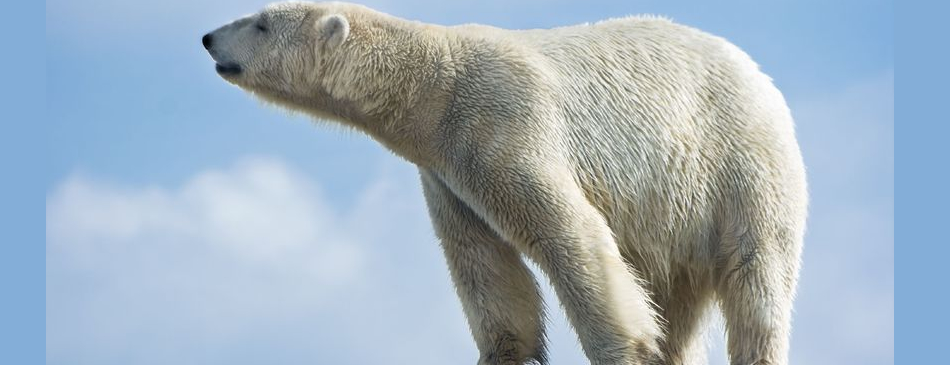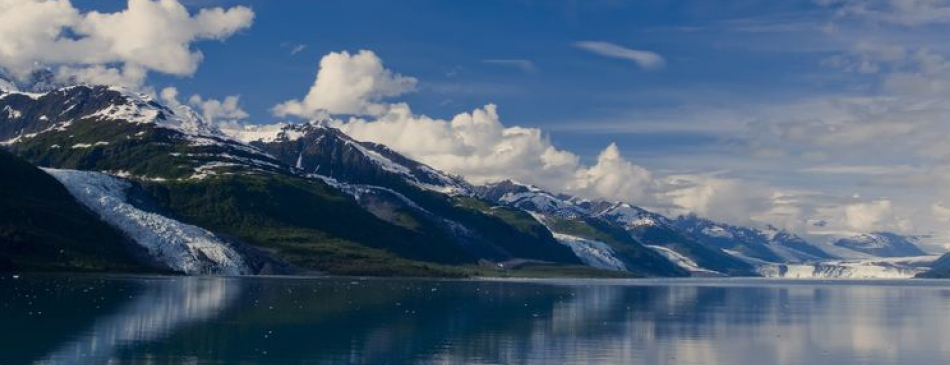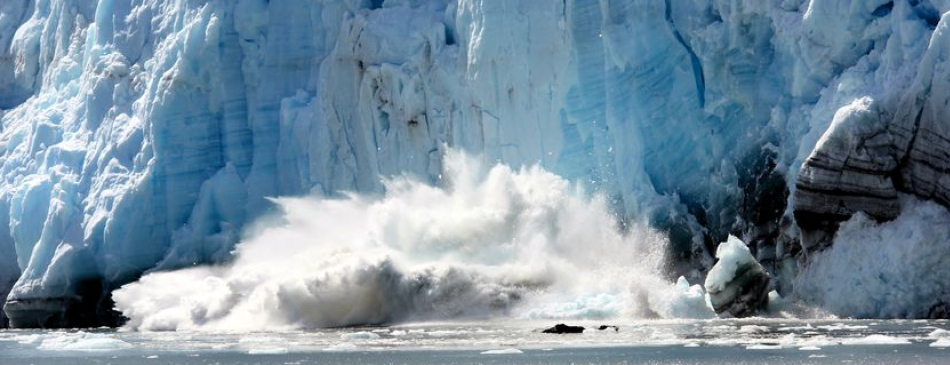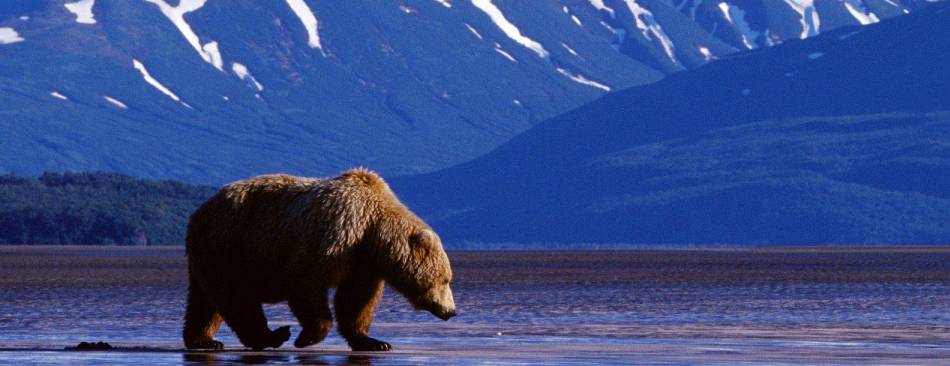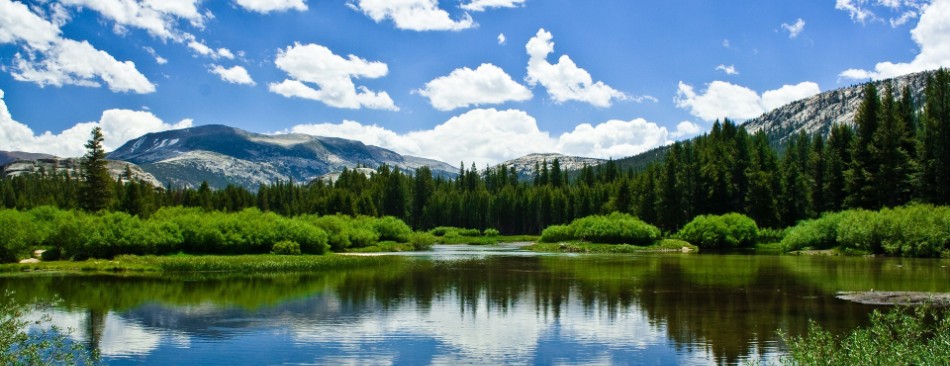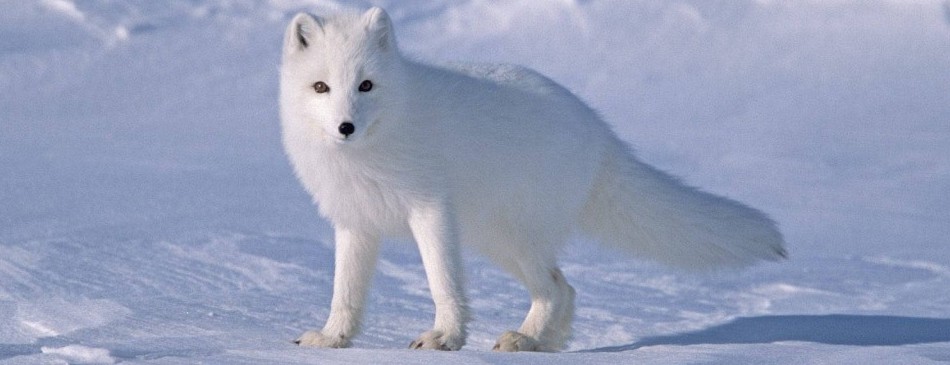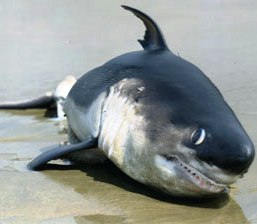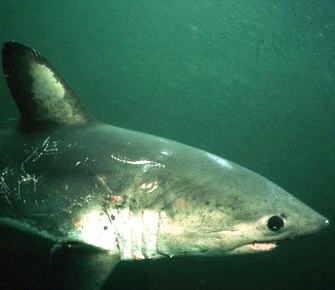|
From the tip of its conical snout to the flap on the end of its crescent-shaped tail, the Salmon Shark is a formidable predator. Its eyes are large and well developed, the better with which to spot potential prey. The Salmon Shark’s teeth are large, each with a smooth-edged main blade flanked on either side by a small basal cusplet. Such teeth are well suited to grasping slippery-bodied, bite-sized prey on the fin. The Salmon Shark’s jaws are long and thickly muscled, granting it both significant predatory reach and impressive chomping power. Its heart is thick-walled and its gills large, enabling the shark to pump a large volume of activity-sustaining blood with each beat and to exchange gases efficiently with the cold, oxygen-rich waters through which it swims. The Salmon Shark’s tail stalk is narrow with stout lateral keels supporting a lunate caudal fin, affording efficient propulsion with minimal drag. In many respects, the Salmon Shark resembles a smaller, slightly chunkier version of its more famous cousin, the White Shark (Carcharodon carcharias). Like the White Shark, the Salmon Shark possesses a circulatory system that is modified in a way that enables it to retain metabolic heat. In fact, the Salmon Shark is even warmer-bodied than its celebrated relative and is able to maintain its body temperature from 14.5 to as much as 28 degrees Fahrenheit (8 to as much as 16 degrees Celsius) above the temperature of the surrounding water.
The salmon shark is widely distributed in coastal and oceanic environments of the subarctic and temperate North Pacific Ocean. Their preferred temperature range is 2.5 to 24 degrees Celsius. They range across the North Pacific from the Bering Sea and the Sea of Okhotsk to the Sea of Japan in the western Pacific, and from the Gulf of Alaska to southern Baja California, Mexico, in the eastern Pacific. This species is most common in continental offshore waters, from the surface down to a depth of at least 500 feet, but it has been known to come inshore - sometimes just beyond the breaker zone.
As an apex predator, the salmon shark feeds on salmon, squid, sablefish, herring, walleye pollock, and a variety of other fish. They have been seen taking other prey including sea otters and marine birds. In 1998, Alaskan salmon sharks consumed twelve to twenty-five percent of the total annual run of Pacific salmon in Prince William Sound.
Salmon sharks are highly migratory, with segregation by size and sex, and with larger sharks ranging more northerly than young. Migration for the salmon shark is ultimately dependent on the concentration of the available prey species. Adult salmon sharks migrate alone or in loose groups of 30 to 40 individuals, following schools of Pacific salmon — including Sockeye (Oncorhynchus nerka), Pink (Oncorhynchus gorbusha), Chum (Oncorhynchus keta), and Coho (Oncorhynchus kisutch) — as they swim along the great arcs of current flowing off the coasts of northern Japan and the Kamchatka peninsula, the Aleutian Island chain, Alaska and British Columbia. There is an annual north-south movement of salmon sharks in both the eastern and western Pacific. Many salmon sharks feed in the coastal waters of the Gulf of Alaska, in particular Prince William Sound, home to Pacific salmon spawning grounds. Some of these sharks rapidly migrate southeast towards the west coast of Canada and the US; however, some remain in Prince William Sound and the Gulf of Alaska during winter months despite the colder temperatures.
After spending the summer in the northern part of their range, the salmon shark migrates south to breed. In the western North Pacific they migrate to Japanese waters whereas in the eastern North Pacific, the salmon shark breeds off the coast of Oregon and California. Males mature at 5 years of age and females at 8-10 years. Salmon sharks breed in late summer to early autumn. The internal developmental period in salmon sharks last 9 months. Developing embryos will consume unfertilized eggs in the womb. The female give birth to live young. Once the sharks are born, they are completely independent, and they have to fend for themselves
Overfishing is a main concern due to shark’s negative image as an abundant and low-value pest that avidly eats or damages valuable salmon and wrecks gear, which encourages fishers to kill it and add to mortality from finning and capture trauma. Knowledge of its biology is limited despite its abundance. Since its fecundity is very low, with no more than four to five pups per every two year reproductive cycle, and a slow maturation rate, this species probably cannot sustain current fishing pressure for extended periods. The North Pacific Fishery Management Council is currently considering closure of commercial fishing for sharks in Federal waters as no Federal Management plan exists specifically for sharks in the Gulf of Alaska and the Aleutian Islands. Currently, salmon sharks are allowed as bycatch, and are included in the commercial bycatch TAC (Total Allowable Catch) for Alaska Federal waters. Sport fishing regulations in Alaska include EEZ waters and are two sharks per person per year, one in possession at any time (one per day).
|
